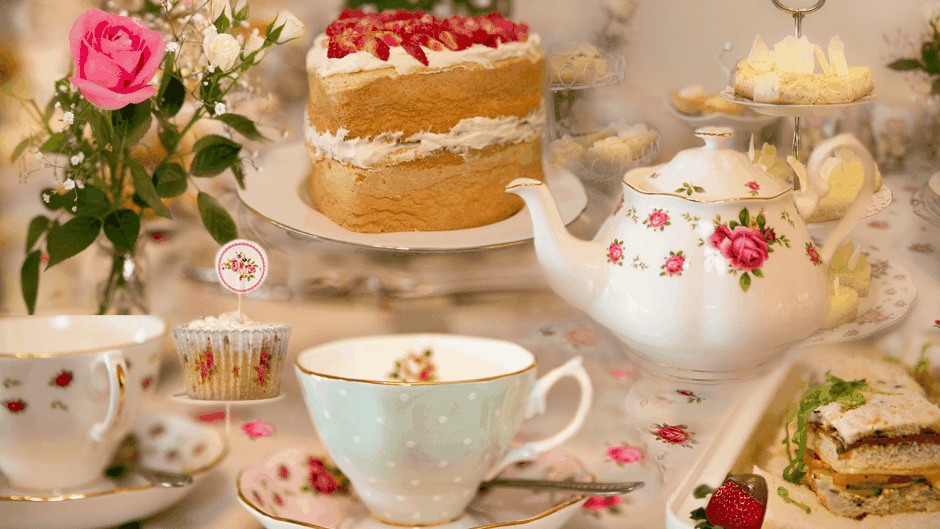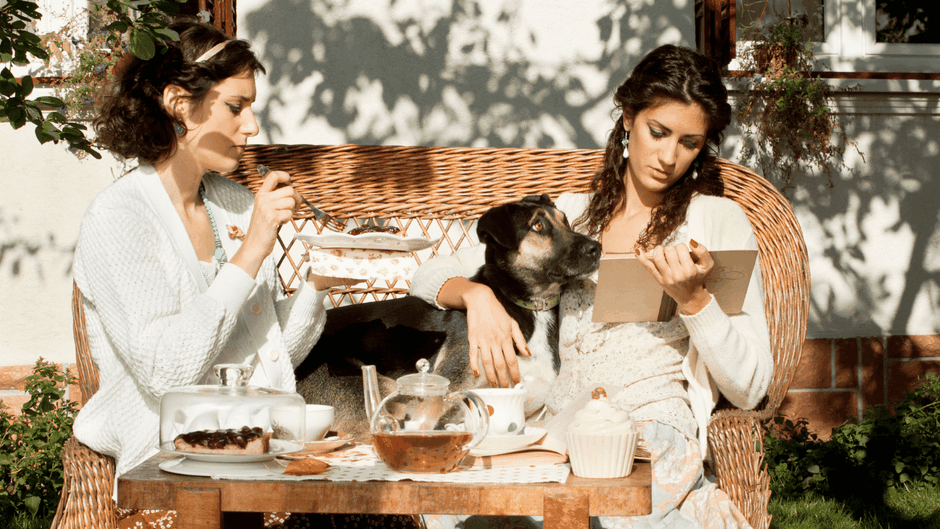Tea Blog
Benefits of Chamomile Tea: Calm in a Cup

Benefits of Chamomile Tea: Calm in a Cup
Chamomile tea has long been cherished as nature’s remedy for restlessness and stress. Made from the dried flowers of the chamomile plant, this herbal tea is caffeine-free and gentle—perfect for winding down after a long day. But does chamomile tea actually help with anxiety? Can you enhance the flavor for a more enjoyable sip? Let’s dive into the soothing benefits of chamomile tea and how to enjoy it fully.
Key Takeaways
-
Chamomile tea may promote better sleep, reduce anxiety, and support digestion.
-
It’s caffeine-free, making it perfect for evening or bedtime routines.
-
Add honey, lemon, or spices to boost flavor naturally.
-
Always check with your doctor before using chamomile tea for health conditions.
Top Benefits of Chamomile Tea
-
Supports Better Sleep
Chamomile is often used as a natural sleep aid. Its mild sedative effects may promote relaxation and help reduce insomnia. Many people drink a warm cup of chamomile tea before bed to help fall asleep faster and improve sleep quality. -
May Help with Anxiety and Stress
Yes—chamomile tea may help reduce symptoms of anxiety. Studies have suggested that chamomile has calming properties that can support emotional balance and reduce feelings of nervousness. Drinking a cup during high-stress times may offer comfort and mental clarity. -
Soothes Digestive Discomfort
Chamomile tea is known for its anti-inflammatory and antispasmodic properties, which may help soothe indigestion, bloating, and mild cramping. It’s often recommended after meals to support digestion. -
Anti-Inflammatory and Antioxidant Power
Chamomile contains powerful antioxidants like apigenin, which may support immune health and reduce inflammation in the body. These compounds are also being studied for their potential in reducing the risk of chronic diseases. -
Gentle on the Stomach and Caffeine-Free
Because it’s naturally caffeine-free, chamomile tea is safe for most people, including those sensitive to caffeine. It’s also gentle on the stomach, making it a great choice for evening or bedtime.
Does Chamomile Tea Help with Anxiety?
Many herbalists and natural health practitioners believe chamomile tea can be a gentle aid for managing anxiety. A 2009 study from the Journal of Clinical Psychopharmacology found that chamomile extract provided modest benefits in people with generalized anxiety disorder (GAD). While it’s not a cure, sipping chamomile tea can be a comforting ritual that promotes relaxation and emotional balance.
Disclaimer: Always consult with your healthcare provider before using herbal teas like chamomile as part of a treatment plan for anxiety or other health conditions.
How to Make Chamomile Tea Taste Better
While chamomile has a naturally floral and slightly sweet flavor, some find it a bit bland or grassy. Here are some easy ways to enhance your chamomile tea:
-
Add Honey or Maple Syrup: A teaspoon of raw honey or maple syrup can enhance the sweetness and calm your throat.
-
Squeeze in Lemon: A slice of fresh lemon adds brightness and balances the floral notes.
-
Blend with Other Herbs: Try mixing chamomile with peppermint, lavender, or rooibos for added flavor and benefits.
-
Infuse with Fruit or Spices: Add a cinnamon stick, a few slices of apple, or a dash of vanilla for a cozy, aromatic experience.
How to Brew the Perfect Cup of Chamomile Tea
Ingredients:
-
1 tsp of dried organic chamomile flowers (or 1 biodegradable sachet from Humming Cup Tea)
-
8 oz hot water (not boiling—about 200°F)
-
Optional: honey, lemon, or other herbs
Instructions:
-
Add chamomile to a tea strainer or place sachet in a cup.
-
Pour hot water over the tea.
-
Cover and steep for 3–7 minutes.
-
Remove the tea and sweeten or flavor as desired.
-
Sip slowly and relax.
❓ FAQ
Q: Can I drink chamomile tea every day?
A: Yes, chamomile tea is generally safe for daily use in moderate amounts. However, check with your doctor if you’re pregnant, on medication, or have
allergies.
Q: Does chamomile tea really make you sleepy?
A: It may promote relaxation and sleepiness due to its calming effects, especially when used consistently before bedtime.
Q: Is chamomile tea safe for kids?
A: It’s typically safe in small amounts, but always talk to a pediatrician before introducing herbal teas to children.
Ready to unwind with a cup of calm? Explore our Organic Chamomile Tea in biodegradable sachets—no plastic, just pure peace in every sip.
Black Tea Benefits: Is Black Tea Good for You?

Black Tea Benefits: Is Black Tea Good for You?
Black tea is one of the most popular teas in the world—and for good reason. Rich in flavor, caffeine, and antioxidants, it’s more than a morning ritual. It’s a natural health booster.
At Humming Cup, we believe your tea should work with your body, not against it. That’s why our organic loose-leaf black teas are crafted for both pleasure and wellness.
In this blog, we’ll explore:
-
The top health benefits of black tea
-
When to drink it for best results
-
How much black tea is too much
-
Why the quality of your tea matters
Key Takeaways
-
Black tea supports heart health, energy, digestion, and mental clarity.
-
Best enjoyed in the morning or early afternoon.
-
Stick to 2–3 cups per day to avoid overdoing caffeine.
-
Always choose organic, loose-leaf or biodegradable sachets for better quality and health benefits.
Note: While tea offers many health benefits, it's always a good idea to check with your doctor—especially if you're pregnant, taking medication, or managing a health condition.

5 Health Benefits of Black Tea
1. Supports Heart Health
Black tea is rich in flavonoids—antioxidants that may help reduce blood pressure, lower LDL (“bad”) cholesterol, and improve circulation. (Source: Molecular evidences of health benefits of drinking black tea)
Drinking 3 or more cups a day may lower the risk of heart disease by up to 11%.
2. Boosts Energy & Focus
Thanks to moderate caffeine (40–70 mg per cup) plus L‑theanine, black tea enhances focus without the jittery side effects of coffee. (Source: UCLA Health)
3. Promotes Gut Health
The polyphenols in black tea support healthy gut bacteria and help reduce inflammation in the digestive tract.
4. May Lower Stroke Risk
Regular black tea consumption has been linked to a reduced risk of stroke thanks to its cardiovascular benefits.
5. Helps Regulate Blood Sugar
Some studies show black tea may improve insulin sensitivity and help manage blood sugar—beneficial for those concerned about Type 2 diabetes.
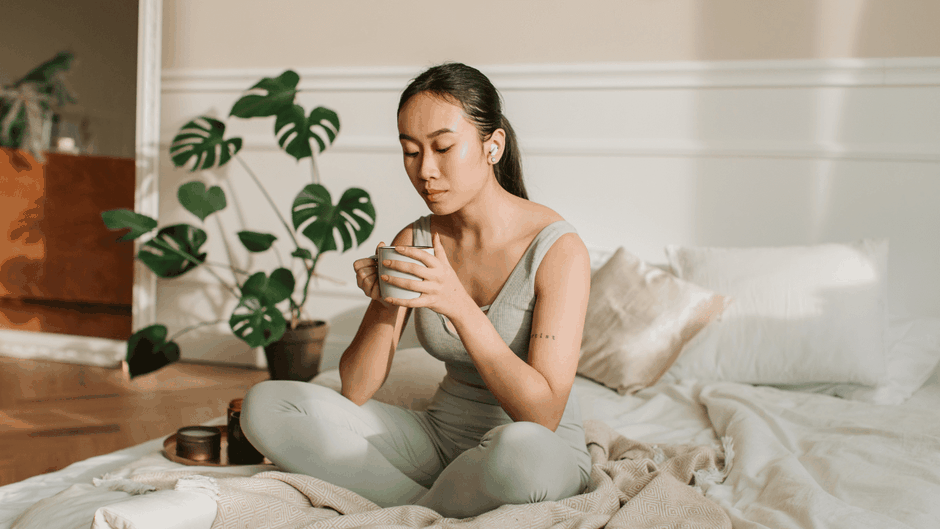
Best Time to Drink Black Tea
-
Morning / early afternoon: Ideal for a calm, focused energy boost.
-
Pre-workout: May enhance endurance and fat metabolism.
-
Evening? If you're sensitive to caffeine, avoid late‑day cups to protect your sleep.
How Much Black Tea Is Safe?
-
Recommended: 2–3 cups per day.
-
Moderate caution: 4–5 cups may lead to caffeine-related side effects—like anxiety or disrupted sleep.
-
Always ask your doctor if you’re on medications or managing health issues.
Why Organic, Loose-Leaf Black Tea Matters
Many commercial teas use:
-
Low-grade tea dust
-
Artificial flavors
-
Plastic‑based bag materials
At Humming Cup, we prioritize:
-
No artificial additives
-
Biodegradable, plastic‑free sachets—for purity in every cup
Better quality leads to better taste, higher antioxidant levels, and a richer infusion experience.
FAQ
Does black tea have more caffeine than green tea?
Yes—about 40–70 mg per cup (vs. 20–45 mg in green tea)
Can I drink it every day?
Yes! But if you’re pregnant, taking medication, or dealing with health issues, check with your doctor first.
Can I add milk or sugar?
You can—but sugar may dilute health benefits. Adding milk might affect antioxidant absorption, though evidence is mixed.
Does black tea stain teeth?
It can. To minimize staining, rinse or brush after drinking.
At Humming Cup, our teas are thoughtfully crafted to support your well-being. From our organic loose-leaf blends to plastic-free tea sachets,
every detail is designed for your health, your self-care, and the planet.
Explore our premium organic black tea selection »
What is Afternoon Tea? A Delightful Tea Tradition Explained
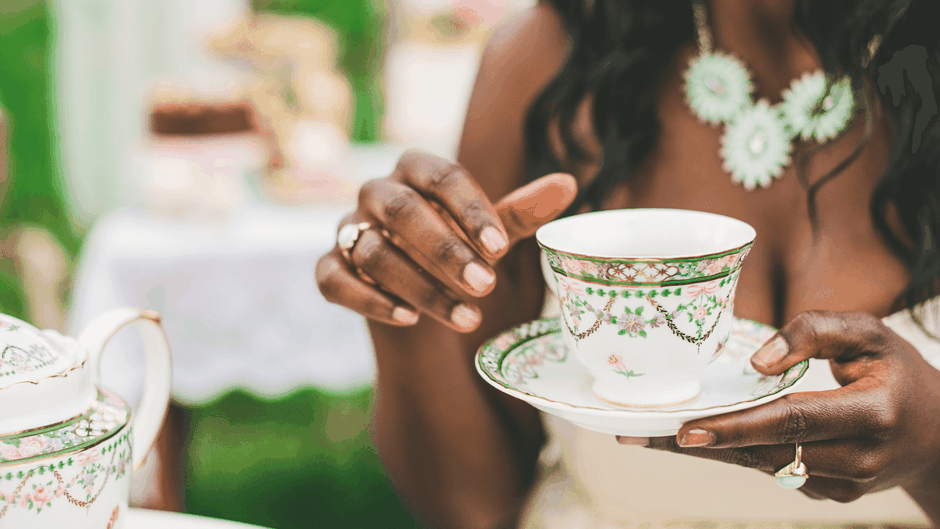
What is Afternoon Tea? A Delightful Tea Tradition Explained
Afternoon tea is more than just sipping a cup of tea—it’s an elegant and relaxing ritual rooted in British history. Whether you’re hosting your own tea party or simply curious about this charming tradition, here’s everything you need to know about afternoon tea.
Key Takeaways
-
Afternoon tea started in the 1840s as a light social meal between lunch and dinner.
-
It typically includes tea, finger sandwiches, scones, and desserts.
-
Afternoon tea is served from 2:00–4:00 PM and is different from high tea.
-
It’s a popular and elegant way to host birthdays, showers, or self-care afternoons.
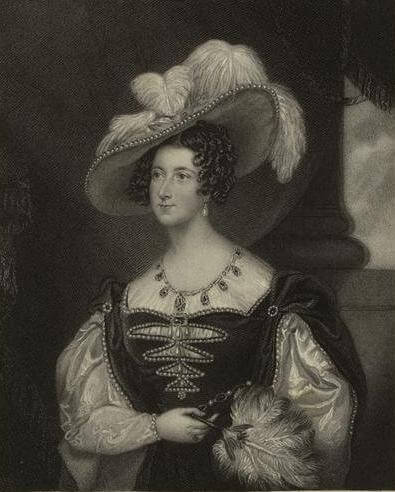
The Origins of Afternoon Tea
Afternoon tea began in the early 1840s in England, credited to Anna, the 7th Duchess of Bedford, who found herself hungry between lunch and dinner. She started enjoying a light meal of tea, bread, and cake in the afternoon—and soon began inviting friends to join her. It quickly became a social event for the upper class and evolved into the delightful ceremony we know today.
When is Afternoon Tea Served?
Traditionally, afternoon tea is served between 2:00 PM and 4:00 PM. It’s meant to bridge the long gap between lunch and a late dinner.
What’s Included in a Traditional Afternoon Tea?
A classic afternoon tea usually includes:
-
Tea – Served in pots with milk, lemon, and sugar options.
-
Finger sandwiches – Cucumber, smoked salmon, egg salad, or ham.
-
Scones – Served warm with clotted cream and strawberry jam.
-
Pastries & sweets – Mini cakes, tarts, and macarons.
Everything is usually served on a tiered tray for that iconic visual charm.
Is Afternoon Tea the Same as High Tea?
Nope! Although people often use the terms interchangeably, afternoon tea and high tea are different. Afternoon tea is a light, elegant affair served at low lounge tables. High tea was a hearty evening meal for working-class families served at a high dining table.
Read the full comparison between Afternoon Tea vs High Tea »
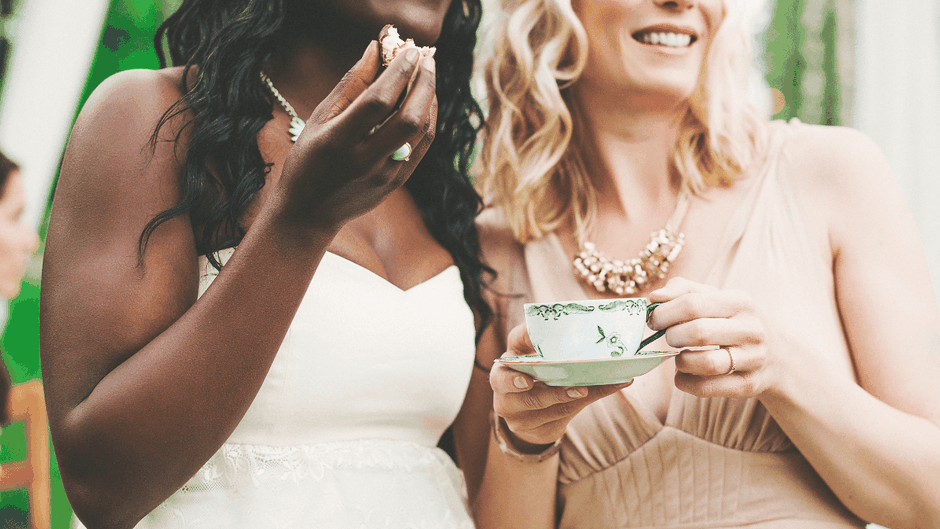
Modern Twists on Afternoon Tea
Today, afternoon tea has been reinvented in fun and flavorful ways. You might see:
-
Gluten-free or vegan menus
-
Afternoon tea to-go boxes
At Humming Cup Tea, we bring this tradition to life in Austin, Texas—with everything from private tea parties to high tea catering.
Frequently Asked Questions (FAQ)
Q: What kind of tea is served at afternoon tea?
A: Traditional options include black teas like Earl Grey, Darjeeling, and English Breakfast. At Humming Cup,
we also offer green, herbal, and caffeine-free blends.
Q: Do I need to dress up for afternoon tea?
A: Afternoon tea is usually semi-formal or dressy casual. A dress or blouse is perfect—hats optional, but always fun!
Q: What’s the difference between cream tea and afternoon tea?
A: Cream tea is a simplified version that includes just tea and scones with clotted cream and jam. Afternoon tea is a full tiered service with sandwiches and
desserts too.
What Is High Tea? Understanding This Elegant British Tradition
What Is High Tea? Understanding This Elegant British Tradition
If you’ve ever heard the phrase “high tea” and imagined an elegant afternoon filled with dainty treats and delicate teacups—you’re not alone. But what most people think of as high tea is actually closer to “afternoon tea.” So, what is high tea really, and when is it traditionally served?
Let’s steep ourselves in the history and meaning of this beloved tea-time ritual.
Key Takeaways
-
High tea originated as a hearty early evening meal for the working class in Britain.
-
It is traditionally served between 5:00 PM and 7:00 PM at a high dining table.
-
Afternoon tea is a lighter, more elegant affair enjoyed between 2:00 PM and 4:00 PM by the upper class.
-
High tea includes savory dishes like meats, breads, and pies—unlike the sweets and scones of afternoon tea.
-
Today, the terms are often used interchangeably, but they have distinct historical origins.
-
Modern high tea experiences (like the ones at Humming Cup Tea) blend tradition with elegance, perfect for special occasions.
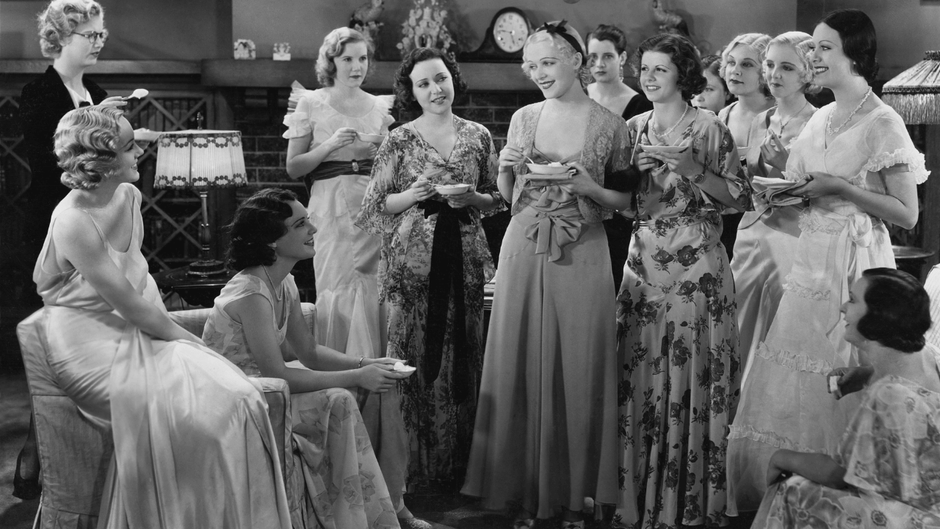
What Is High Tea?
High tea originated in Britain during the 18th and 19th centuries—not as a fancy social affair, but as a hearty evening meal for the working class. The word “high” refers to the height of the table it was served on: a high dining table, as opposed to the low drawing-room tables used for afternoon tea.
Rather than finger sandwiches and scones, high tea featured more substantial dishes like:
-
Meat pies
-
Cold cuts
-
Stews or baked beans
-
Bread and butter
-
Pickles and cheese
-
And, of course, strong black tea
High tea was designed to be filling and practical—served after work to restore energy and provide nourishment. It was less about elegance and more about functionality.
When Is High Tea?
Traditionally, high tea was served between 5:00 PM and 7:00 PM, making it more of an early evening meal than an afternoon snack.
Today, especially in the U.S. and at upscale hotels or tearooms, the term high tea is often used interchangeably (and mistakenly) with afternoon tea—which is a lighter, mid-afternoon experience that includes tea, sweets, and delicate finger foods served between 2:00 PM and 4:00 PM.
High Tea vs. Afternoon Tea: What's the Difference?

Modern High Tea Experiences
While traditional high tea was a no-frills evening meal, modern interpretations—especially in tea shops and hospitality venues—combine elements of both high and afternoon tea. You might enjoy tiered trays of treats, a curated tea selection, and elegant tableware, all during the late afternoon or early evening.
At Humming Cup Tea, we offer a high tea experience that blends elegance and comfort—perfect for birthdays, bridal showers, or a relaxing afternoon with friends. Whether you’re looking for an authentic tea service or just want to feel pampered, we’ll make your tea time unforgettable.
Frequently Asked Questions (FAQ)
Q: What is the difference between high tea and afternoon tea?
A: High tea is a hearty early evening meal served on a high table with savory dishes, while afternoon tea is a lighter mid-afternoon snack served with sweets and
finger foods.
Q: Why is it called “high” tea?
A: The term “high” refers to the height of the dining table (a regular dinner table), as opposed to the low tables used during afternoon tea.
Q: Is high tea still practiced today?
A: Yes, but mostly in modernized or celebratory forms. Many tearooms and hotels offer “high tea” that resembles afternoon tea but includes more substantial
foods.
Q: Is it okay to serve sweets during high tea?
A: Yes! While traditional high tea focused on savory foods, modern high tea experiences often include a mix of savory and sweet treats for variety and
enjoyment.
Final Sip
Now that you know what high tea really is, you can impress your friends at your next tea party—or better yet, plan your own with a little historical flair! Whether it’s hearty or dainty, tea time is always a good idea.





